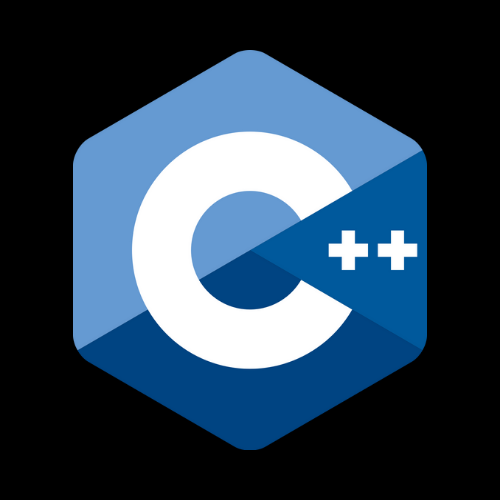In the C programming language, you can accept input from the user or other sources using functions from the standard input/output library. The two most common functions for taking input in C are scanf() for reading formatted input and getchar() for reading individual characters. I'll explain these in detail and provide examples for each:
1. scanf() Function:
scanf() is used to read formatted input from the standard input (usually the keyboard). It allows you to specify the data format you expect to read. Here's the general syntax:
scanf(format_string, &variable1, &variable2, ...);
format_string: Describes the expected input format using format specifiers like %d for integers, %f for floats, %c for characters, etc.
&variable1, &variable2, etc.: Pointers to variables where the input values will be stored.
Example:
#include <stdio.h>
int main() {
int num;
printf("Enter an integer: ");
scanf("%d", &num);
printf("You entered: %d\n");
return 0;
}
2. getchar() Function:
getchar() reads a single character from the standard input. It's useful for reading individual characters, especially when you need to process character-by-character input.
Example:
#include <stdio.h>
int main() {
char ch;
printf("Enter a character: ");
ch = getchar();
printf("You entered: %c\n");
return 0;
}
3. gets() and fgets() Functions:
gets() and fgets() are used for reading strings. However, gets() is generally not recommended because it doesn't provide any buffer size protection, making your program vulnerable to buffer overflow. fgets(), on the other hand, is safer as it allows you to specify a maximum number of characters to read.
Example using fgets():
#include <stdio.h>
int main() {
char name[50];
printf("Enter your name: ");
fgets(name, sizeof(name), stdin);
printf("Hello, %s");
return 0;
}
4. Interactive Input:
When taking input interactively, it's a good practice to provide a prompt to the user. This helps the user understand what is expected and provides a clear indication for entering input.
5. Buffer Flushing:
After using scanf(), it's common to encounter issues due to newline characters remaining in the input buffer. You can use getchar() or fgets() to flush the buffer if needed.
while (getchar() != '\n'); // Flush the input buffer
6. Error Handling:
It's essential to check for errors when taking input. The return value of scanf() can be used to determine if the input operation was successful.
Example with error handling:
int num;
if (scanf("%d", &num) != 1) {
printf("Invalid input. Please enter an integer.\n");
}
Always ensure proper error handling and validation when taking input to make your program robust.
In C, input functions provide flexibility to read different data types and handle various input scenarios. Properly handling input is important to ensure that your program works correctly and doesn't crash or produce unexpected behavior due to bad or invalid input.



